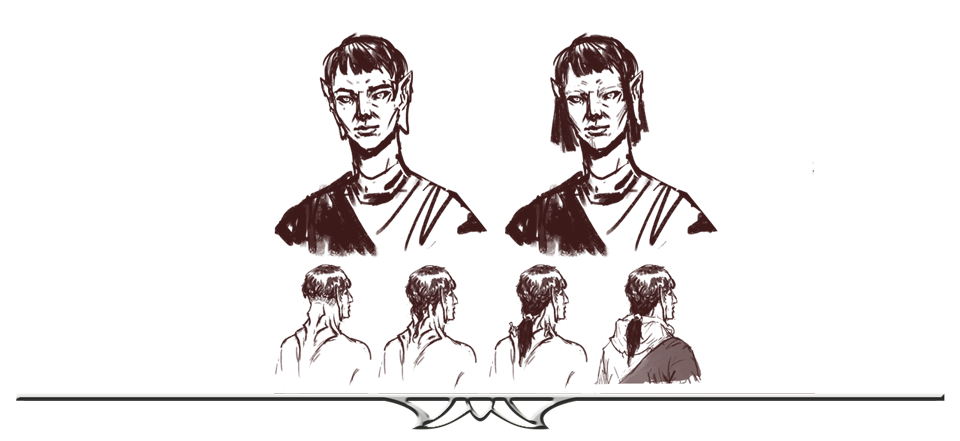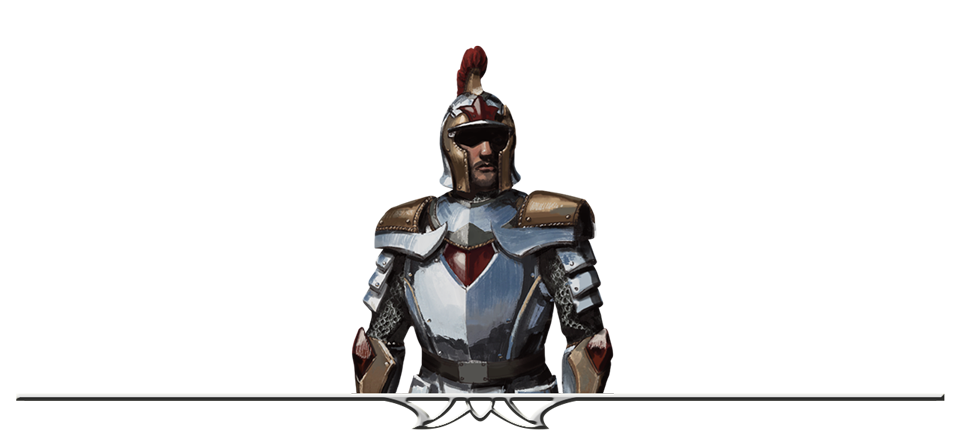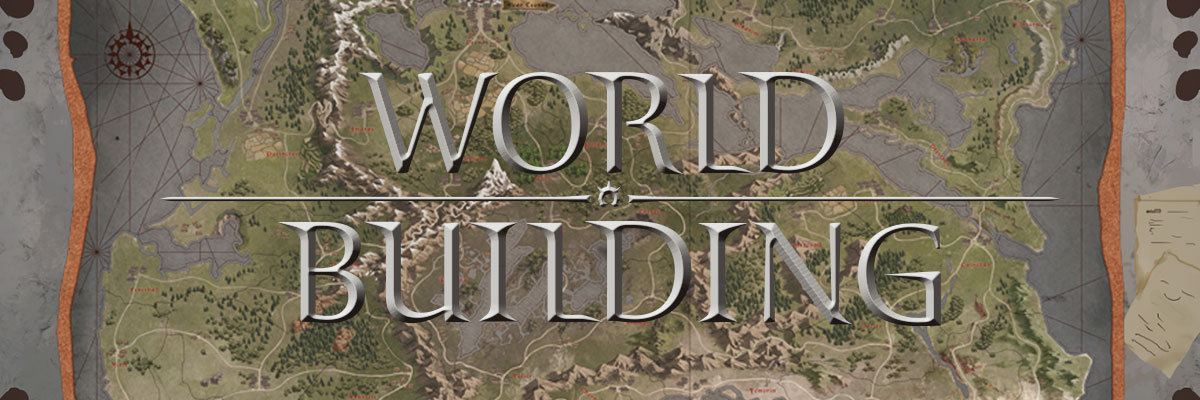So this post is one that is long overdue, and one that is a little out of the intended order, but here nonetheless.
A couple weeks before the studio officially formed, Joe had approached me to see if I would be interested in creating a fantasy world for a game – one of my choosing, with magic, weird creatures, the works – and naturally I said “oh sweet lord almighty yes.”
World building the world of Attiras for Forged of Blood was perhaps one of the most fun aspects of the development phase so far – to me anyway – and I went in with a ton of ideas as to the world I wanted to make – some grandiose, some totally weird, and some that actually went into the world. My biggest challenge for the world, was balancing my desires as a writer with the limitations that will come with translating this imaginary world into a game we can actually produce within our modest budget, but let’s start from the beginning.
First, I outlined the broad goals that I wanted to have in the world – knowing from the start that I wanted the player character to be something other than human and to explore the intricacies of a multi species society. That means creating or borrowing from the other traditional fantasy races like elves and dwarves, and extrapolating where the big points of contention might be in a world where these races lived together. I also knew that I wanted to set the game at a point in time after some sort of world shattering event that had created a new balance of power. Whether through a natural disaster, orchestrated genocide, or great war, I wanted this event to be a defining moment in the history of this world where an entire race is supplanted by another.
With the goals set, I went back to the team and discussed how we want to approach the characters and combat. Are we playing heroes or soldiers? Do we want the player to feel powerful, weak, or on par with the enemies? And on what scale do we want the player’s actions to impact? After some back and forth, we ultimately decided on the idea of powerful heroes: characters who exhibit physical and other powers beyond that of a human being and in doing so allow the player to feel powerful. We also loved the idea of “kingmaking” but wanted the setting to be more a struggle to power over just kingdom management.
Back at the drawing board (well Google Doc actually), I went with making the future player’s character race one a hybrid humanoid who shares some of the natural enhancements of an ancient race and highly superior physical attributes. This inherently led to me conceptualizing a new race with unique physical characteristics, which I called the the Volgisi as a baseline and an exploration what the rules of “magic” might be in this setting.

To keep this post from being a runaway wall of text, it will suffice to say that I set up a world in which a race of hive-minded, matriarchal elf-like creatures called the Volgisi found and managed to harness magical powers from stones found inside strange creatures called the Bracati that seemingly appear out of another dimension. (Yup – that mouthful…)
Using that as a rough foundation, I then went on to go about creating the 4000 year chronicle of the world that traced the first formations of civilizations of the Volgisi, the first appearance of the creatures, the discovery of magic, and finally the expansion of the Volgissian Empire that soon brought into the fold humans and dwarves to co-exist. As the races mingled, human-volgisi hybrids began to emerge as a species of their own called the Neshalan, and soon they began to have their own ambitions of rule as they exhibit both a natural affinity to magic and greater physical attributes. Again, without giving too much away, what followed was the expected eventuality of a physically – and in this case, magically – superior race supplanting the Volgisi as the dominant race and driving other species to extinction. So that’s where the events to be portrayed in Forged of Blood picks up, and there we have our player character’s race.

Attiras at the start of our game is a world that had enjoyed a relative peace of a few hundred years, wherein a vast human population has been subject to the rule of a small ruling minority of humanoid hybrids. This is a world where strange creatures can appear out of thin air, carrying within them the only known source of magic – and arguably the keys to the power in this world – and this is the world that has been and will continue to be forged of blood.
While we have most of the history, rules, and plotlines established in the world, the process of world creation has not stopped. As the game mechanics evolve and solidify, so do certain aspects of world and vice versa. For instance, one of the biggest shifts in the world and story was the shift from a full scale kingdom management scenario, to that of brothers looking to reclaim a throne. This came from the our need to pare down on the number of assets and features across our game’s multiple layers. Our focus on the tactical gameplay meant smaller unit tactics, and invariably a focus one or two key characters for the story, leading to a shift in the world creation to focus on creating memorable and heroic character histories as a opposed to large scale engagements.

My creative process for world building in our game is a bit like… hmm. Well I’d like to quote Luke Sullivan, an old mentor from my advertising days, who said it best as:
“… creativity is exactly like washing a pig. Because it’s messy. It has no rules. No clear beginning, middle, or end. It’s kind of a pain in the ass, and when you’re done you’re not sure if the pig is really clean or even why you were washing a pig in the first place.”
Try as I might to outline, plan out, and have my own misguided notions as to what a world can, could, or should be… I found that once you start, once you have enough traction in creating this new world, it just sort of unravels itself. The empty page was jarring and unavoidably terrifying, but the “rules” and “histories” of the world I was attempting to create needed to be written down – somewhere. It was just a matter of summoning enough courage to try. I just had to start writing it out and soon the entire histories of a world basically wrote itself for me. Also, while this has been a very… particularly first-person blog post, what is perhaps one of the most important things that I had during the process are the two uber-nerds I’m proud to call my partners in crime. Joe and Milo kept me grounded in the world, always there to remind me when certain details simply didn’t fit the world, or when my fantastical notions of politics just didn’t make sense. What they saw and drew from the histories I wrote, helped to mold the world to something that began to make more sense as we went along. Together, we managed to find the stories worth telling in Attiras, even figured out an interesting way to implement a magic system that is interesting as a gameplay mechanic, and fitting for the fantasy RPG we’re shooting for.
OK – I may have gone into a bit of a rant there, but that is perhaps the best way to end this post. A reminder that world creation – especially in the context of a game’s development, is something that is created out of more than just one mind. It’s something that once seeded, simply grew on it’s own through the collective effort of everyone working to create a game within this world. While this post is heavy on the “hopes and dreams” part of the process, next time, we’ll showcase some of the artwork that came out of it once we got our ridiculously talented artist Ken on board.
Cheers and thanks for reading!
– Igor


Leave A Comment